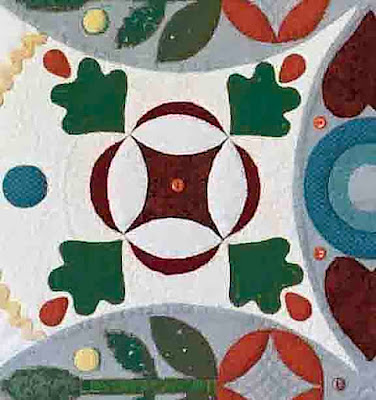Bitternut Hickory recalls Anna Trusty Scott, a runaway from Maryland.
William Still recorded the names of her family whom she left behind in Maryland in his records of Anna & Samuel Scott's journey from Cecil Cross-Roads to Philadelphia: "Father Jacob Trusty, Sisters: Emeline, Susan Ann, Delilah, Mary Eliza, Rosetta, Effie Ellender and Elizabeth; brothers Emson and Perry."
For one thing he recorded owner Ann Ward Lusby's name as Lushy ( a typo perhaps.) He also tells us that Anna Scott held a dream of Canada due to her hateful mistress. After better treatment when she was hired out she continued to believe "escape was the only remedy." Ann Scott was married to Samuel Scott who was a free man and much less inclined to take a chance on running away. The issue of whether Samuel was free is confused by another account of the Scott's escape.
Sydney Howard Gay, editor of the National Anti-Slavery Standard in New York City, assisted fugitives as William Still did and kept short accounts of people who came through the city including Anna. He did not publish his records but his notebooks are online at the Columbia University Library.
Gay also had trouble with Ann Lusby's name (Luchy/Leslie) but he tells us Anna Scott had lived in Sassafras Neck at Cecil Crossroads, where there were many Lusbys.
"Jany. 4th, 1856. Sam Scott + his wife, Sassafras Neck, Cecil Co. Md. James Magee, Master = widow Leslie, mistress of wife. Walked to Middletown, 12 miles + took y cars for Phila. 8.50"
Was Sam free or slave? The Master mentioned was probably James McGee who owned a pottery in Elkton, Cecil County's county seat. Perhaps Sam worked there as a slave or free man. Gay and Still are at odds about his status, showing that the records need verification.
Gay says the Scotts took "the cars," we'd say "the train," from northern Maryland to Philadelphia, and then we assume on to New York and Canada.
Other discrepancies in the Scott account: Anna mentioned the brothers and sisters she left in 1856, including Perry who appears to have been born in 1859 from the 1860 census.
Once Anna's nemesis Ann Lusby's name is spelled correctly researchers found more about her. Anna, like many other runaways, was driven to run by abuse from a woman who left many records. Ann Lusby lived on a "farm of her own" with fifteen slaves. Husband Zebulon Lusby and a first husband Mr. Porter had died so the 1840 census, which only mentions heads of households, named her. She's recorded then as between 30 & 40 years old with two boys and a girl living with her. No mention of slaves in the 1840 census.
"She was accustomed to rule with severity, being governed by a 'high temper,' and in nowise disposed to allow her slaves to enjoy even ordinary privileges, and besides, would occasionally sell to the Southern market. She was calculated to render slave life very unhappy."
Encyclopedia of Applique
http://www.columbia.edu/cu/lweb/archival/collections/ldpd_4078801/
https://barbarabrackman.blogspot.com/2019/04/lucy-ann-loch-hallmans-patternsxxx.html
See Eric Foner, Gateway to Freedom: The Hidden History of the Underground Railroad (W. W. Norton and Co., 2015)
https://www.nytimes.com/2015/01/15/books/eric-foner-revisits-myths-of-the-underground-railroad.html




























No comments:
Post a Comment